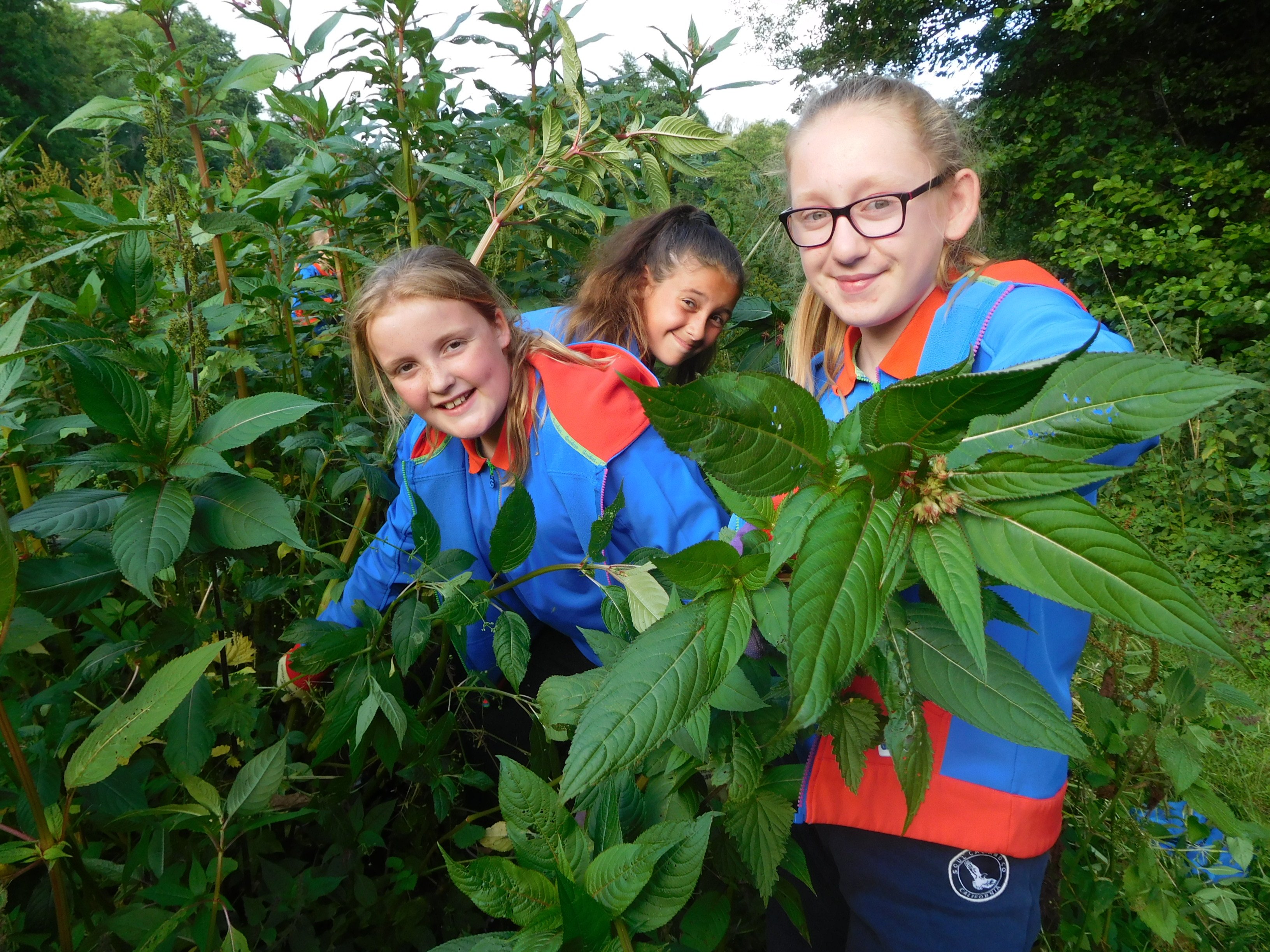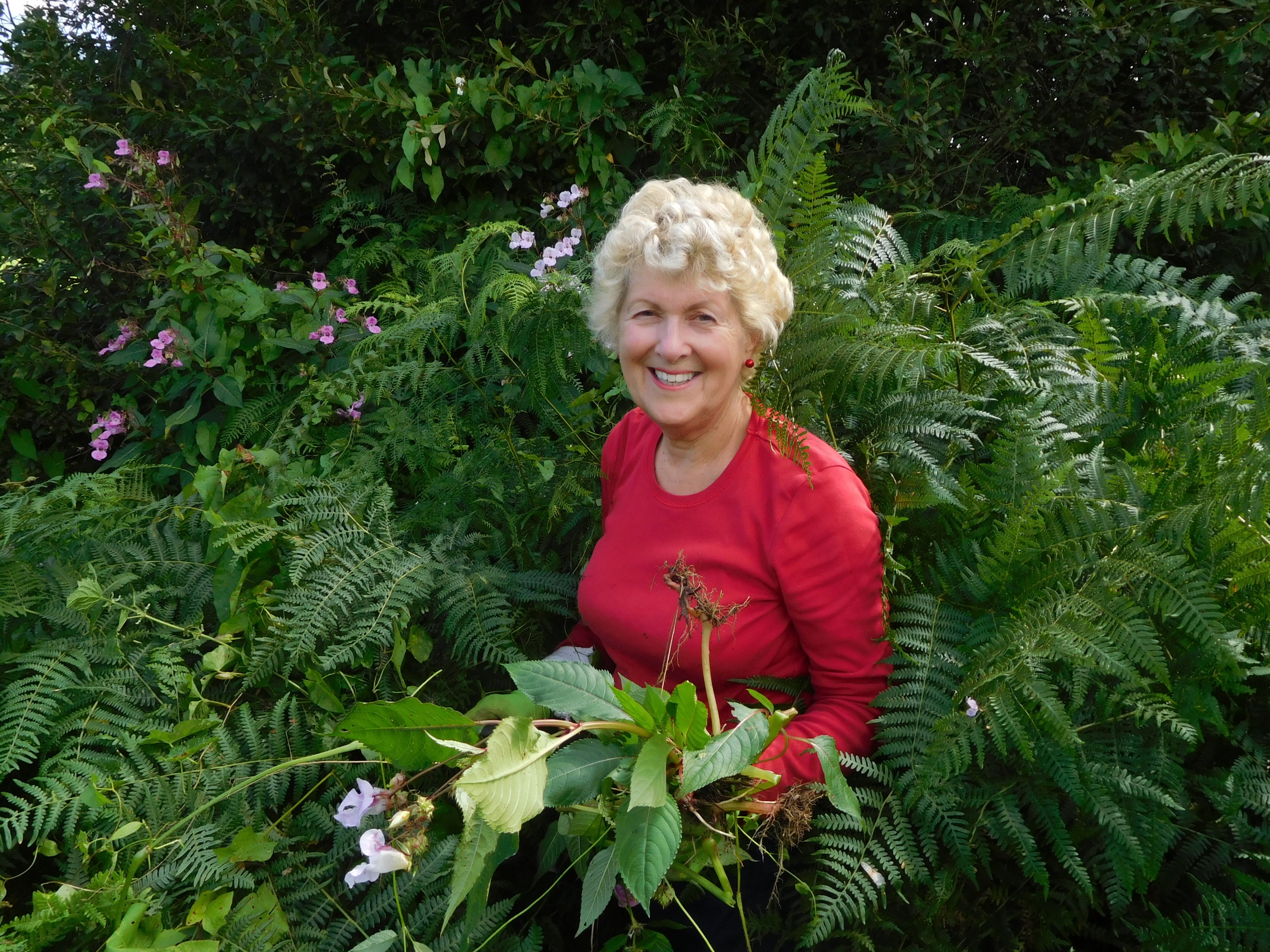New Forest Invasive Non-Native Plants
Lead Partner
Hampshire & Isle of Wight Wildlife Trust
What has been achieved?
Wild flowers are flourishing along riverbanks where volunteers have helped remove huge swathes of invasive non-native plants.
An array of volunteers including scouts, students and staff from local businesses have worked hard to control Himalayan balsam, while contractors have tackled three other invasive non-native plants. The teams have worked in co-operation with 80 landowners and numerous events have been held to advise communities on the problems caused by invasive non-native plants including giant hogweed along the Avon Water, American skunk cabbage along the Fleet Water and Japanese knotweed at 20 sites along the Cadnam River.
New Forest Non-Native Plants Officer Catherine Chatters said: ‘Together we’ve made great progress. With the help of 661 volunteers, Himalayan balsam has been pulled along 53km of riverbank to conserve the native vegetation. In places where there were dense ‘forests’ of balsam, the vegetation has been restored to a beautiful carpet of bluebells, stitchwort and pink campion.
‘The project has led awareness-raising sessions for a variety of people including anglers and fishermen, horticulturists, volunteers, local authority staff, parish councils and Network Rail; this has made a difference by increasing people’s ability to recognise invasive non-native plants, understand the problems they cause and know how to control them.’
Highlights
- Areas targeted include Avon Water, Cadnam River, Lymington River and its tributaries and Fleet Water.
- 661 volunteers have helped hand-pull Himalayan balsam along 53km of riverbank.
- Students from the University of Southampton have helped monitor 10 sample sites over four years, showing a reduction in invasive non-native plants.
- 13 training events have been attended by a wide range of people.
Landowners and land managers along Mill Lawn Brook and Cadnam River have attended meetings to raise awareness of invasive non-native plants, help them identify species and understand their responsibilities for controlling them.
This has also provided an opportunity for people to get to know each other better and has generated a sense of community and responsibility.


Legacy
The landowners of the stretches of riverbank habitat are encouraged to keep any new infestations under control once New Forest Invasive Non-Native Plants officers have demonstrated that eradication of these species is both achievable and desirable.
Contact details
Catherine Chatters – New Forest Non-Native Plants Officer, Hampshire & Isle of Wight Wildlife Trust.
Telephone 07770 923315 or email Catherine.Chatters@hiwwt.org.uk.


